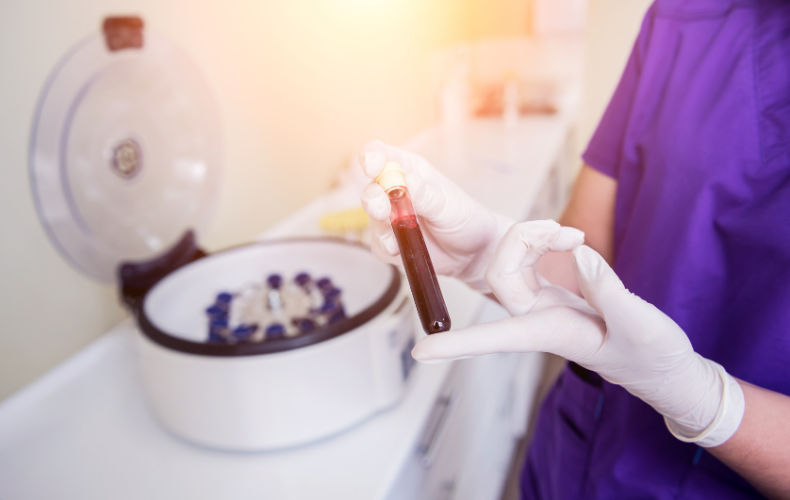
Stem cells found in the umbilical cord blood have emerged as a valuable resource in the field of transplantation medicine. With their unique properties and advantages, cord blood stem cells offer a promising solution to address the challenge of diversity in finding suitable donors for transplantation. In this article, we will explore the importance of umbilical cord stem cells in promoting diversity in transplants and how they have revolutionized the field of regenerative medicine.
The Significance of Diversity in Transplants
Transplants, particularly bone marrow and stem cell transplants, are often necessary for patients with blood disorders, immune deficiencies, and certain cancers. Finding a suitable donor with matching tissue types, particularly the human leukocyte antigen (HLA) markers, is critical for a successful transplant. However, the chances of finding a fully matched donor can be challenging, especially for individuals from diverse ethnic backgrounds. Lack of diversity in donor registries poses a significant barrier to successful transplants for many patients.
Cord Blood Stem Cells: A Diverse Resource
Cord blood, collected from the umbilical cord and placenta after childbirth, is a rich source of stem cells. What makes cord blood particularly valuable is its diverse composition. Stem cells from the cord blood have been found to possess a higher degree of HLA diversity compared to other sources, such as bone marrow or peripheral blood stem cells. This increased diversity significantly expands the pool of potential donors and improves the chances of finding suitable match for patients from various ethnic backgrounds.
Overcoming HLA Barriers with Transplants Using Cord Blood Stem Cells
Cord blood stem cells offer a unique advantage in transplantation due to their relative tolerance to HLA disparities. This means that even with a partial HLA match, cord blood transplants can be successful in treating certain diseases. This tolerance is attributed to the immature nature of cord blood stem cells, which allows them to adapt and differentiate more easily within the recipient’s body. Consequently, cord blood stem cell transplants provide a viable option for patients who face challenges in finding fully matched donors.
Increasing Access and Improving Outcomes
The availability of cord blood banks has played a crucial role in increasing access to transplantation for diverse populations. Public cord blood banks collect, process, and store donated cord blood units, making them available for patients in need. These banks prioritize the collection of cord blood from donors with diverse ethnic backgrounds, ensuring a more extensive and representative inventory of HLA types. This, in turn, enhances the chances of finding suitable matches for patients from diverse populations.
Private cord blood banks, on the other hand, provide expecting parents the opportunity to save their baby’s cord blood for their family’s exclusive use in the future. Click here to learn more about why parents are choosing to bank their baby’s cord blood at birth.
Ongoing Research and Advancements
Ongoing research aims to further improve the outcomes of cord blood transplants. Techniques such as ex vivo expansion of cord blood stem cells and co-transplantation with other cell types are being explored to enhance engraftment and promote immune system recovery. Additionally, efforts are underway to improve the efficiency of cord blood unit selection based on HLA compatibility, further increasing the success rates of cord blood transplants.
Stem cells from the cord blood have emerged as a vital resource for promoting diversity in transplants. Their unique characteristics and increased HLA diversity offer new hope for patients from diverse ethnic backgrounds who face challenges in finding suitable donors. The availability of public cord blood banks has significantly expanded access to transplantation, ensuring a more representative inventory of HLA types. Ongoing research and advancements continue to enhance the outcomes of cord blood stem cell transplants, further revolutionizing the field of regenerative medicine.
By harnessing the power of stem cells from the cord blood, we are not only saving lives but also promoting inclusivity and diversity in the transplantation process. As the field progresses, umbilical cord stem cells will undoubtedly play an even more significant role n overcoming barriers and improving outcomes for patients in need.
References
- Laughlin MJ, et al. Hematopoietic engraftment and survival in adult recipients of umbilical-cord blood from unrelated donors. N Engl J Med. 2001;344(24):1815-1822.
- Rocha V, et al. Eurocord-Netcord and the European Group for Blood and Marrow Transplantation. Eurocord-Netcord and the European Blood and Marrow Transplantation Group. New trends for unrelated cord blood transplantation for patients with hematological diseases. J Clin Oncol. 2009;27(6):954-962.
- Ballen KK, et al. Collection and preservation of cord blood for personal use. Biol Blood Marrow Transplant. 2008;14(3):356-363.
- Page KM, et al. The cord blood market: Characteristics of banking and transplantation. J Clin Oncol. 2011;29(33):4517-4521.

